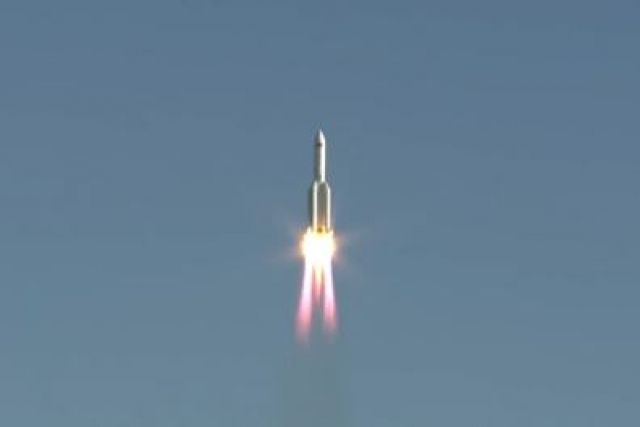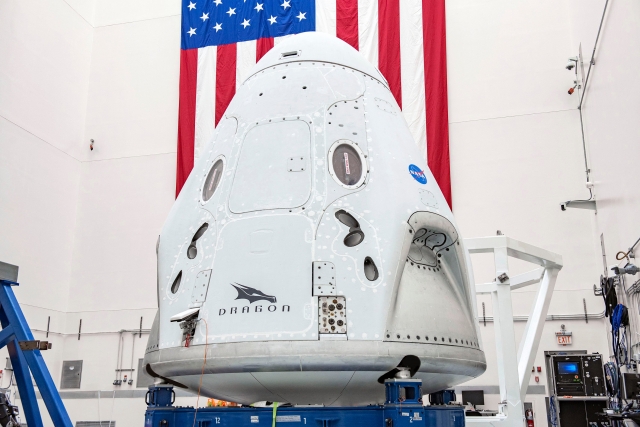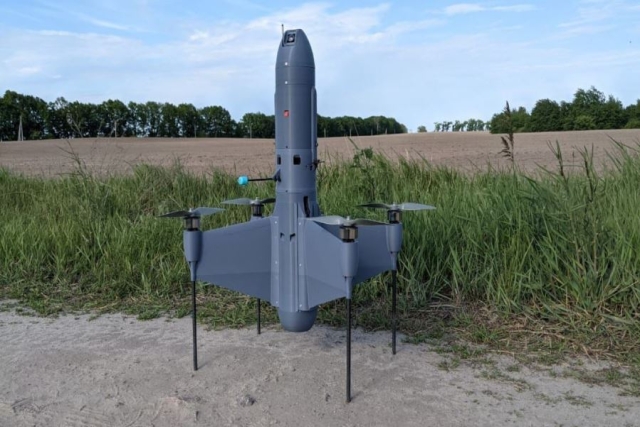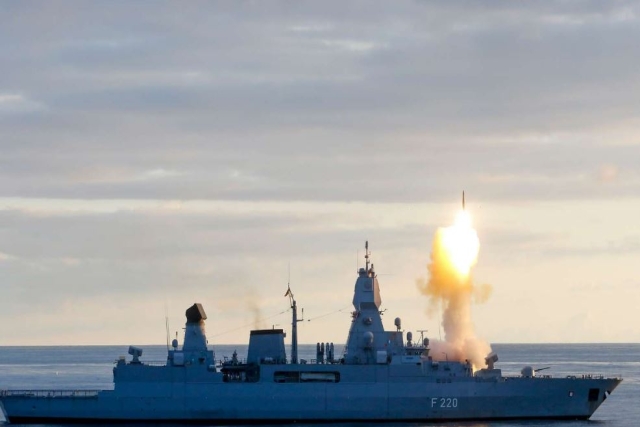China’s Long March-5B Rocket Launches Moon Mission Test Capsule

China’s new Long March-5B carrier rocket carrying the test model of next-generation crew capsule blasted off on its maiden flight on Tuesday.
"The successful maiden flight of the Long March-5B, a new type of launch vehicle that has been specially developed for China's manned space projects, marked the era of construction of a Chinese space station officially dawning," Wang Jue, chief commander of the Long March-5B rocket, was quoted as saying by Global Times.
The 53.66m rocket with 5m core diameter and four 3.35m-diameter boosters, lit its 10 main engines and climbed into space at approximately 1000 GMT from the Wenchang Satellite Launch Center on Hainan Island in southern China. It weighed 849 tons at launch and has a take-off thrust of around 1,078 tons.
After a flight of 488 seconds, the payloads separated from the rocket's body, and went into designated orbit.
The Long March-5B carrier rocket with one core stage and four boosters - which is known as a half stage - makes it the first heavy-lift rocket with liquid rocket propellant that has adopted such a one-and-half stage into orbit technology in China. The one-and-a-half stage mode will lower costs, and increases the rocket system's reliability by reducing complexity and chances of malfunctions.
Ji Qiming, an official with China's Manned Space Agency, revealed at a Tuesday press conference that China eyes to complete the construction of its space station by roughly 2022 which includes 12 flight missions.

Compared to its predecessor Long March-5, the Long March-5B has one less core stage but a larger payload fairing, which is 20.5m long and 5.2m in diameter, as tall as a six-floor building, and nearly 8m longer than the fairing of Long March-5.
According to China Academy of Launch Vehicle Technology (CALT) under China Aerospace Science and Technology Corporation (CASC), the heavy-lift rocket will be used to mostly carry capsules of China’s space station and large spacecraft to low-Earth orbit. It has a payload carrying capacity of 22 tons and uses clean fuels (liquid Hydrogen, liquid Qxygen, kerosene).
The Long March-5, on the other hand, will be used to launch large satellites to high-Earth orbit and deep-space probes such as the Chang’e-5 lunar probe and Mars probe.
All three types of carrier rockets (Long March-2F, 7 and 5B) that are commissioned specially for China's manned space projects, are now ready in place.
“In the past two decades, the Long March-2F has sent five unmanned, six manned spaceships and two space labs into space with a 100% success rate,” Jing Muchun, chief commander of the Long March-2F, told the Global Times. One of the 13 successful missions include sending Yang Liwei, China's first astronaut, into space in 2003.

Two more launch missions of the Long March-5 carrier rocket series will be conducted this year.
CALT said Long March-5 Y4 will launch the country's first Mars probe by the second half of the year, and the Long March-5 Y5 will send the Chang'e-5 lunar probe to the moon to bring moon surface samples.
"After the launch of the Long March-5, China will launch a series of 20-tonne rockets, including the Long March-5, 6 and 7," Wang Xiaojun, commander-in-chief of the Long March-7, told Xinhua News Agency.
The Long March-7 is known as the "charted train" for space cargo with a launch capability of 13.5 tons into LEO, and 5.5 tons into 700-kilometer-solar synchronous orbit (SSO). It will carry be in charge of cargo shipments for the space station, delivering basic material supplies such as water, food and spacesuits for the astronauts. It will also be used to provide necessary material supplies for the space station maintenance as well as conducting in-orbit refueling missions for the space stations.
The Long March-2F, the Long March-7 and the Long March-5B carrier rockets will work jointly to build the country's upcoming space station, carrying out launch missions for the space station cabins, spaceship and cargo shuffles respectively, per the CALT statement.
China aims to complete the construction of its space station around 2022. The space station will be a T shape with the Tianhe core module at the center and a lab capsule on each side. The core module - at 16.6 meters long and 4.2 meters in diameter, with a takeoff weight of 22.5 ton - will be the management and control center.










